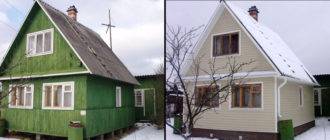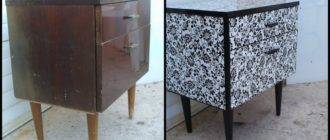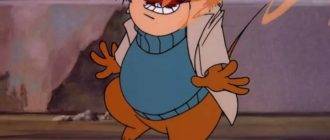The floor covering, regardless of the price and quality, thickness and structure, will not be able to last long if we install it incorrectly. With regard to our article, we will consider carpet for stairs, find out all its pros and cons, and also install it as a covering.

Choosing an interesting finish
We must say right away that carpet, being an elastic material, can completely take all forms of a flight of stairs. Therefore, on the one hand, it is quite simple to work with it, but on the other, it has its own subtleties of styling, without which there will be no trace of beauty and functionality (see also the article Beautiful stairs - an overview of wooden and forged creations).
Why exactly carpet
The material has many interesting advantages, but we are interested in the following:
- Ladder protection against mechanical wear... Despite the external lightness, a good material is ready to serve as protection for staircases for many years.
- Soundproofing. This type of flooring is always capable of absorbing and dissipating sound due to the presence of lint in the body.
- Thermal insulation... This indicator is never superfluous, and again due to the structural structure, the product has a low thermal conductivity, which allows us to feel comfortable at any time of the year on elastic steps.
- Ease of operation... Indeed, as we have yet to see, it is easy to put the carpet on the stairs, and you can do it without even having special knowledge.
Where to begin
Naturally, the first thing we need to do is determine the dimensions of the staircase. With the width it is clear, in principle, as well as with the steps and length.
If we have both planes equal, that is, the front side and the surface, we simply count them and multiply by the number of steps. According to the same principle, we calculate the length if the height and width of the step are different.
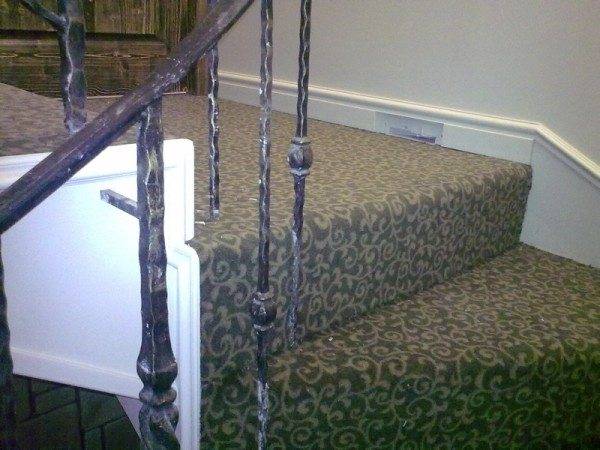
Advice! When choosing a carpet, special attention should be paid to the quality of the material and its durability. Do not forget that the product will be located on a flight of stairs, and this is one of the most "walk-through" places in any house. And even after we have calculated the size of the stairs that will be upholstered, we add another 10% to it, this is, as always, our margin of safety, and after that we buy carpet for the stairs.
Is there a difference between the usual material and what we are going to use for the steps? Of course, it's all about strength and thickness, but for our version we will definitely need a more durable product.
Preparation
Before sheathe the stairs with carpet, we need to carry out certain preparatory work. We assess the condition of the steps (read also the article Wood finishing of concrete stairshow to do it correctly).
We do not need a 100% perfect surface for carpet finishing.
The material can be applied almost immediately and on any surface:
- linoleum;
- tile;
- parquet;
- laminate;
- and even concrete.
Advice! If, nevertheless, defects are found on the surface of the steps that require correction, then, depending on the surface material, everything should be leveled to zero.
There are several more preparatory recommendations:
- About a day before starting work, you can unfold the carpet, and let it straighten naturally.
- It is important to observe certain temperature indicators, in particular - the room temperature should not fall below 15 degrees C.
- The base for the flooring must be cleaned of dust, if it is concrete, you can prime it with paint.

Nuance with a substrate
In order for the laying of carpet on the stairs to be completely technologically correct, it is worth mentioning a special underlay, about which there is no single opinion in the construction environment.
On the one hand, carpet manufacturers recommend its use, on the other hand, the overwhelming majority of builders do not use it when carrying out work.
Nevertheless, it should be noted that the substrate has its undoubted advantages:
- Additional thermal insulation.
- Complete smoothing of small defects and irregularities on the surface of the steps.
- Will increase the service life. At the very least, manufacturers guarantee that the term can be doubled!
Finishing, method one
In the process of finishing, we can use several methods, and we will start with the option in which the cover will be removable.
This option is ideal for working with a small staircase, and the main thing is that the staircase is straight.
Step by step, everything looks like this:
- The size of the panel is measured.
- The carpet spreads from top to bottom.
- At the corners of the steps, the material is attached with special rods.
Needless to say, the biggest plus of this finishing method is the ability to peel off the finish. Thus, the staircase - finished with carpet is constantly clean, the material itself can be cleaned and ventilated outside. True, you need to clarify right away that this option is most suitable for wide staircases, such as front ones, but in the house such a decoration device will not take root very well.
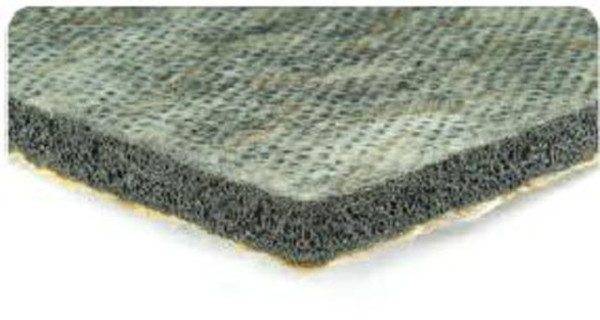
Second way
When it comes to a spiral staircase or a simple, straight one. You can use the method of attaching the material to the surface of each step. This option is somewhat longer and will require time and effort, but the material will lie perfectly flat and merge with the steps.
This laying of carpet on stairs will require a special adhesive, and there is no point in saving money or choosing options that are not quite suitable for covering. In any hardware store there is always what you need.
The problem is that choosing an inappropriate composition of an adhesive element can cause serious damage to either the carpet itself or the staircase, especially if we talk about a highly toxic and aggressive compound.
In addition, this method is practically indistinguishable from what is used when laying flooring in rooms for floors.
Several special tools are required:
- Sharp incisor. And not just an assembly knife with a thin blade, but a knife that can cut the dense material of the carpet smoothly and quickly.
- Rubber hammer.
- Spatula with rubber tip.
As a fastening element, special strips will be used here, which will hold the coating on the steps. In addition, glue will be required to glue certain parts of the coating to prevent the appearance of filaments.
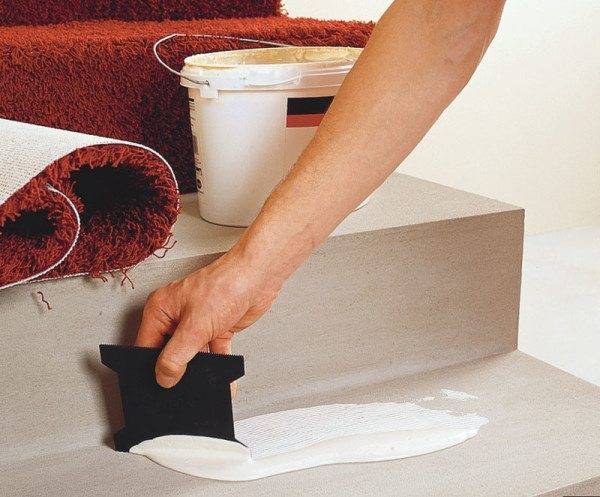
It is difficult to do all this with your own hands, but it is possible, without haste and in steps. Here, as in other methods, it is recommended to start from the upper steps, and go down, level by level.
The carpeting is pushed onto the fixing strips with a cutter, and it is fixed with a series of hammer blows on the cutter along the entire strip. The procedure is repeated at all levels.
Considering that the method involves the use of fixing strips, it is ideal for a wooden covering, into which you can drive nails or drill screws.

Method three
Here the material of the span is concrete, for example, and glue is needed for it. True, the coverage will last for a long time, but this has its advantages. As we said above, the glue must be selected strictly for working with carpet.
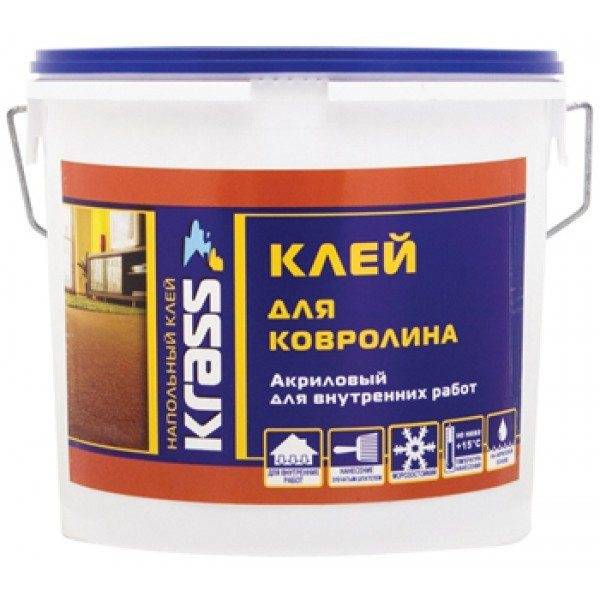
The concrete surface must be cleaned and primed. Here, you will also have to glue each step separately, because it is almost impossible to put the entire canvas on the march and on the glue at once.
The stairs are finished with carpet from the top step.
Step by step, it looks like this:
- The glue is diluted with a thinner, mixed well and applied with a spatula to concrete, both horizontally and vertically.
- A pre-prepared strip of material is laid.
- It is pressed from above, and ironed with a special spatula with a rubber tip.
- The same is repeated on the vertical plane.
- Surplus coating is cut strictly along the metal guide, and only after the material is seized with the concrete surface.
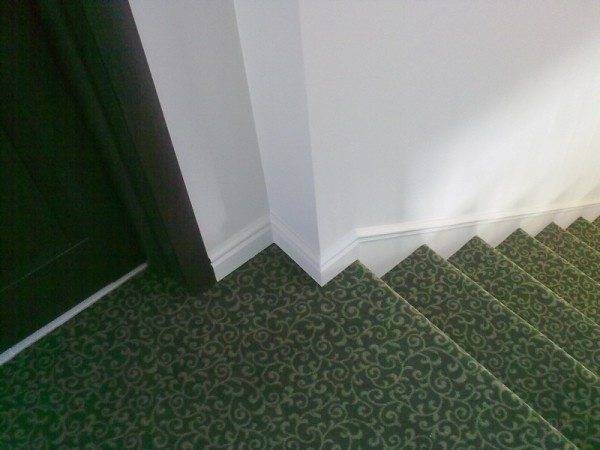
In addition, anyone can arrange such a finish, and in the video presented in this article you will find additional information on this topic.

